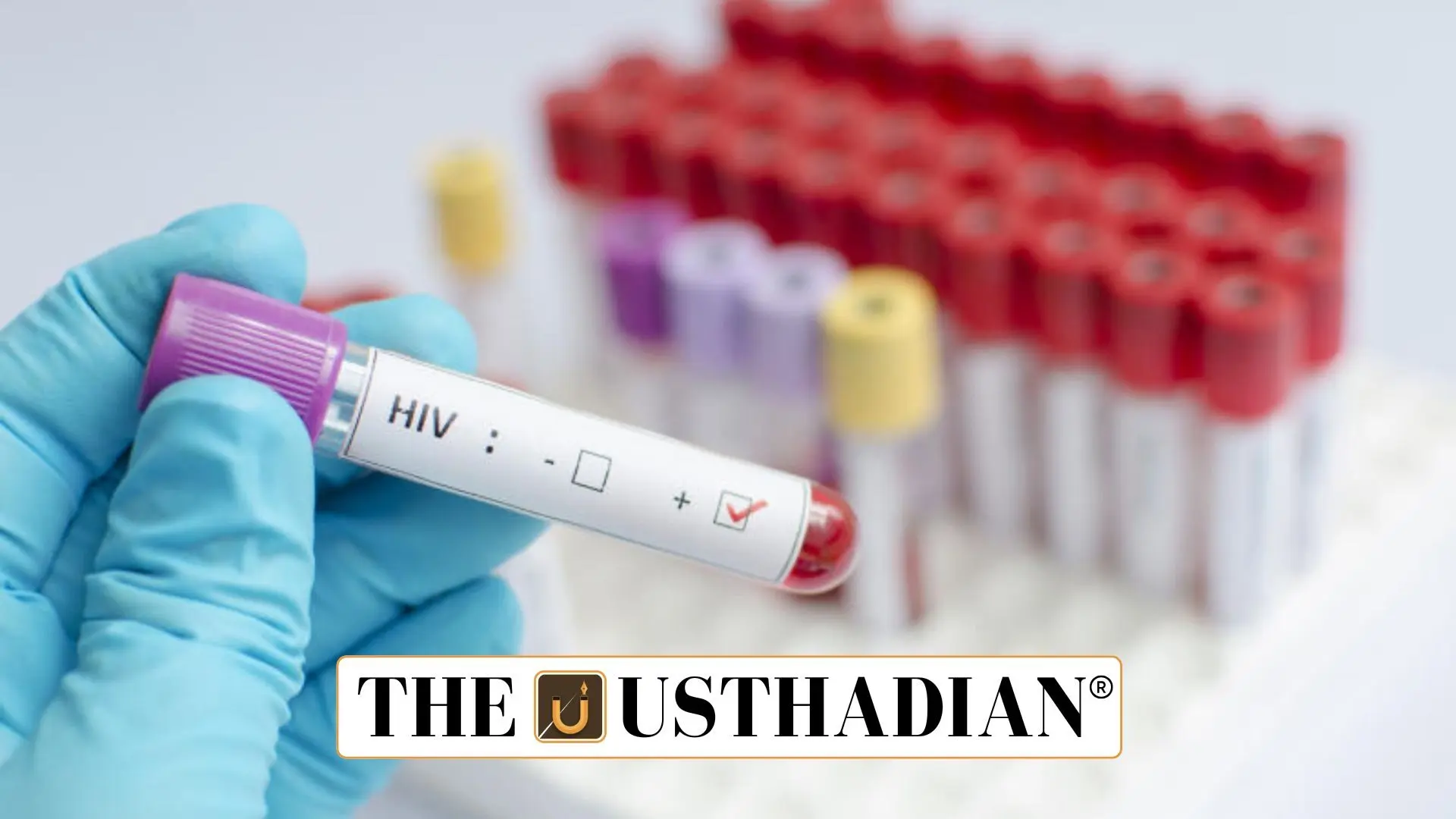Tackling India’s Highest HIV Burden Through Innovation
HIV Self-Testing Emerges as a Game-Changer in Mizoram’s Youth Health Crisis: Mizoram, which holds the record for India’s highest adult HIV prevalence at 2.73%, is testing a new public health strategy to reach underserved populations—particularly the youth. A collaborative effort between ICMR-NITVAR and Mizoram University has introduced HIV self-testing (HIVST) as an alternative to conventional diagnostic approaches. This study is offering fresh hope in a region where injecting drug use and sex work drive transmission.
Limitations of Traditional HIV Testing Models
Routine HIV testing services are often underused by young people due to fear of social stigma, privacy concerns, and lack of anonymity. In Mizoram, where 19.8% of injecting drug users and 24.7% of female sex workers live with HIV, the urgency to rethink outreach strategies is undeniable. HIVST allows individuals to test themselves discreetly, thereby encouraging first-time users who otherwise avoid formal health centres.
How HIV Self-Testing Works
HIVST uses kits that enable individuals to collect a saliva swab or finger-prick blood sample, interpret the results privately, and seek clinical confirmation if necessary. Though adopted in over 40 countries since 2016, India lacks formal protocols for its national rollout. The Mizoram study is one of the earliest on-ground applications of this method in India, particularly targeting urban youth populations.
Reaching the Unreachable Through Local Networks
What made this initiative successful wasn’t just the kit—it was the community-based delivery model. The project involved interviews with health professionals, peer educators, and local NGOs to design messages and strategies that resonated with youth. Events like youth festivals and student clubs became platforms for distribution, maximizing reach and trust.
Aizawl: A Promising Case Study
In the six-month pilot in Aizawl, 2,101 youth used the self-test kits, and impressively, 1,772 were getting tested for the first time. Among those who tested positive, a remarkable 85% were linked to treatment services and began antiretroviral therapy (ART). Compared to traditional campaigns, these figures suggest that HIVST can break barriers of access, stigma, and fear more effectively.
A Scalable Model for India’s HIV Response
The success of HIVST in Mizoram offers a replicable solution for high-risk areas across India. It not only complements existing HIV prevention strategies but also aligns with global best practices. With official guidelines from national health authorities like NACO, India could become a leader in community-based HIV testing models that prioritize privacy, accessibility, and inclusivity.
STATIC GK SNAPSHOT FOR COMPETITIVE EXAMS
| Aspect | Details |
| Highest HIV Prevalence in India | Mizoram – 2.73% adult infection rate |
| Research Partners | ICMR-NITVAR and Mizoram University |
| Key Affected Groups | Injecting Drug Users (19.8%), Female Sex Workers (24.7%) |
| Countries Using HIVST | 41 nations since 2016 |
| First-Time Testers in Pilot | 1,772 of 2,101 in Aizawl |
| ART Linkage Rate | 85% began treatment after testing |
| National HIV Body | National AIDS Control Organisation (NACO) |
| Test Type | Saliva or blood-based self-test kits |
| Significance | First major HIVST field trial in India |








